Indentifying Antique Mantel Clock
cjlerch
14 years ago
Related Stories
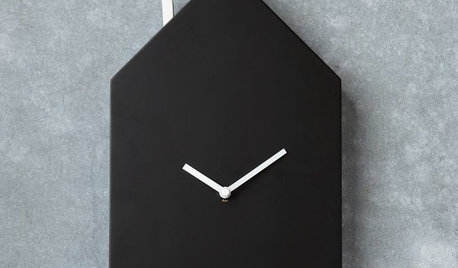
PRODUCT PICKSGuest Picks: Time to Buy a Clock
Cell phone screens just can’t compete with the charm of analog timepieces like these
Full Story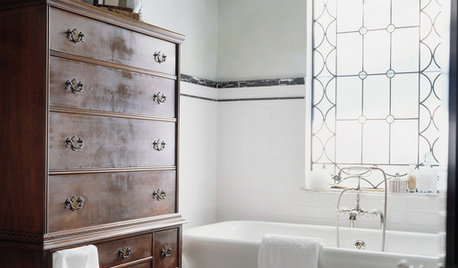
DECORATING GUIDESA Handy Guide to English Antiques
Buying and owning old furniture is more fun and interesting when you know a little history
Full Story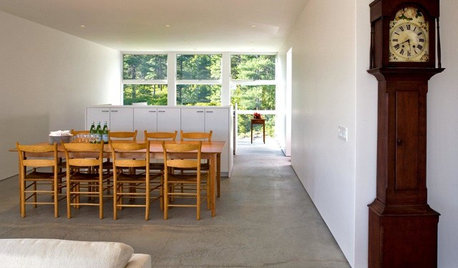
FURNITUREMust-Know Furniture: The Grandfather Clock
This timeless classic is great for an entryway, an awkward corner, a bedroom and more. Learn how to make it work
Full Story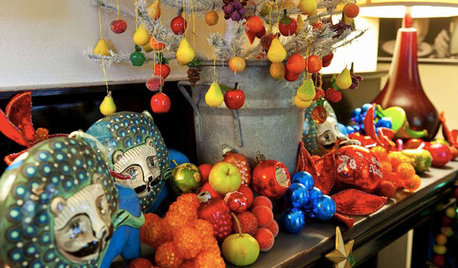
HOLIDAYS25 Gorgeous Holiday Mantels by Houzzers
Laden with boughs, lights and even lemons, these decorated fireplace mantels show a festive Christmas spirit and a creative approach
Full Story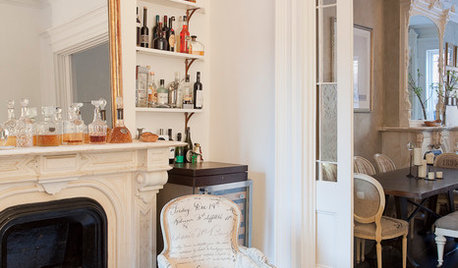
FIREPLACES10 Unexpected Ways to Style a Gorgeous Fall Mantel
Been there, done that with the pumpkins and corncobs? Try these wonderfully fresh ideas for a beautifully decorated mantel this autumn
Full Story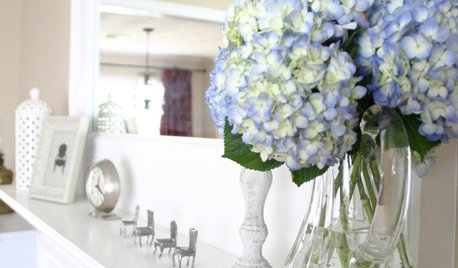
TRIMHow to Fix a Mirror-Above-the-Mantel Dilemma
Got an unmovable mirror over your fireplace? Use trim to turn it into a feature that will turn heads
Full Story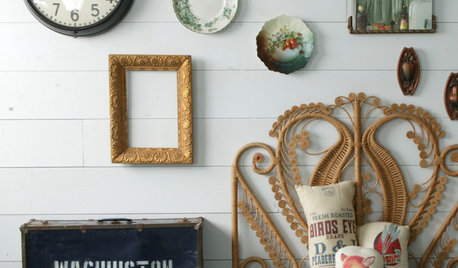
DECORATING GUIDESWhat to Look for at the Flea Market Now
Find a Great Old Clock, Camera, Portrait, Chair or Globe and It's Your Lucky Day
Full Story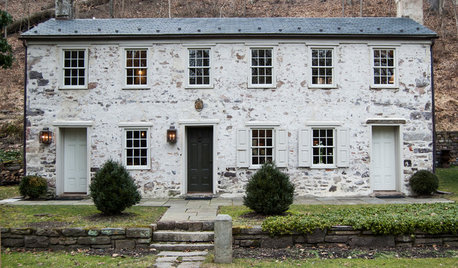
TRADITIONAL HOMESHouzz Tour: A Historic Remodel Keeps the Romance Alive
It was love at first sight for the owner of a 2-centuries-old house. She and her husband renovated it with tender loving care
Full Story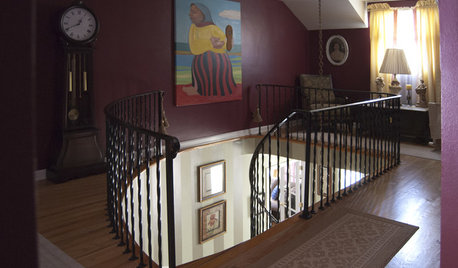
HOUZZ TOURSMy Houzz: Elegant, Eclectic Colonial Revival in Ohio
Rich colors, meaningful antiques and family memorabilia make an Ohio family's home comfortably grand
Full Story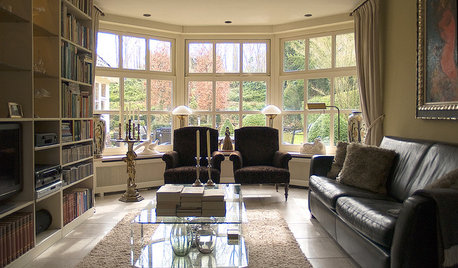
HOUZZ TOURSMy Houzz: Art Nouveau Elegance in the Netherlands
Traditional style gets period flair with a host of treasured antiques, given breathing room by graceful additions
Full StoryMore Discussions









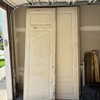
sunnyca_gw
jemdandy
Related Professionals
North Hollywood Furniture & Accessories · Marlton Painters · Ballwin Painters · Jefferson City Painters · Middle Island Painters · Roselle Painters · Spring Valley Painters · Springfield Painters · Winnetka Painters · Austin Furniture & Accessories · Franklin Furniture & Accessories · Lorton Furniture & Accessories · Dumont Furniture & Accessories · Mundelein Furniture & Accessories · San Antonio Professional Organizersjemdandy
cjlerchOriginal Author
cjlerchOriginal Author
lindac
lindac
cjlerchOriginal Author
jemdandy
jemdandy
cjlerchOriginal Author
jemdandy
jemdandy
dlneedy
lindac
dlneedy
boettchc
HU-333113568